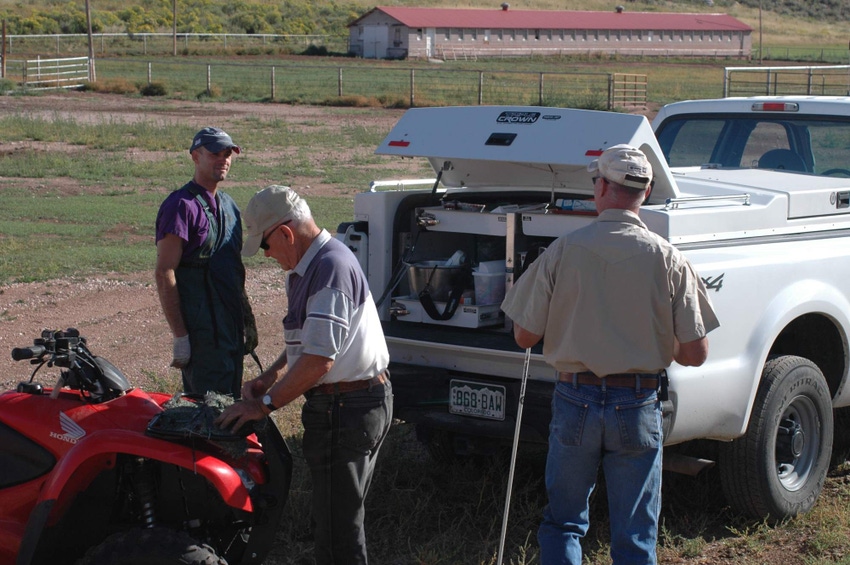Get ready for most food animal antibiotics to become prescription only
FDA’s Center for Veterinary Medicine, using its success with VFDs, is now moving to bring all medically important antibiotic use in food animals under veterinary oversight.

Are you prepared to get your antibiotics from a veterinarian? That’s what the FDA’s Center for Veterinary Medicine (CVM) has in store.
If you already have a relationship with a veterinarian, that likely won’t have a big impact on your operation, other than you’ll have to go to the vet clinic to get your medicine instead of the feed store or Co-op.
But if you don’t have a relationship with a vet, or you’re in an area that’s underserved—underserved being a fancy word for the fact that you don’t have a veterinarian anywhere close—then the move by FDA could have consequences.
READ: A producer's guide to the use of antibiotics
I’m on the campus of Iowa State University attending the ninth annual antibiotics symposium put on by the National Institute for Animal Agriculture. The theme of the symposium is “Communicating the science of responsible antibiotic use in animal agriculture.” That’s been a challenge from the very beginning and I’ll blog on that a little more in the future.
For now, let’s consider what William Flynn, DVM, deputy director for science policy with FDA CVM. told the crowd—by the end of 2023, all antibiotics for use in food animals will be by prescription only.
If you’ll remember, FDA brought us the veterinary feed directive (VFD) a few years back that dictated that antibiotics that are medically important to human medicine and administered to food animals in the feed or water come under the purview of a veterinarian.
Now they’re aiming at all routes of administration for food animal use of medically important antibiotics. That means injectable, bolus, and any other way you can give your animals antibiotics.
READ: Antibiotic stewardship - A veterinarian's perspective
FDA CVM published a guidance on the proposal the end of September and is currently taking comments.
Flynn expects the guidance to become official by the end of 2020. Then there will be a two-year phase-in.
So the move to transition antibiotic availability from over the counter to prescription only will take a few years. But it will happen.
So if you don’t have a valid relationship with a veterinarian—and by valid I mean more than shaking hands after church—now is the time to start.
About the Author(s)
You May Also Like


.png?width=300&auto=webp&quality=80&disable=upscale)
